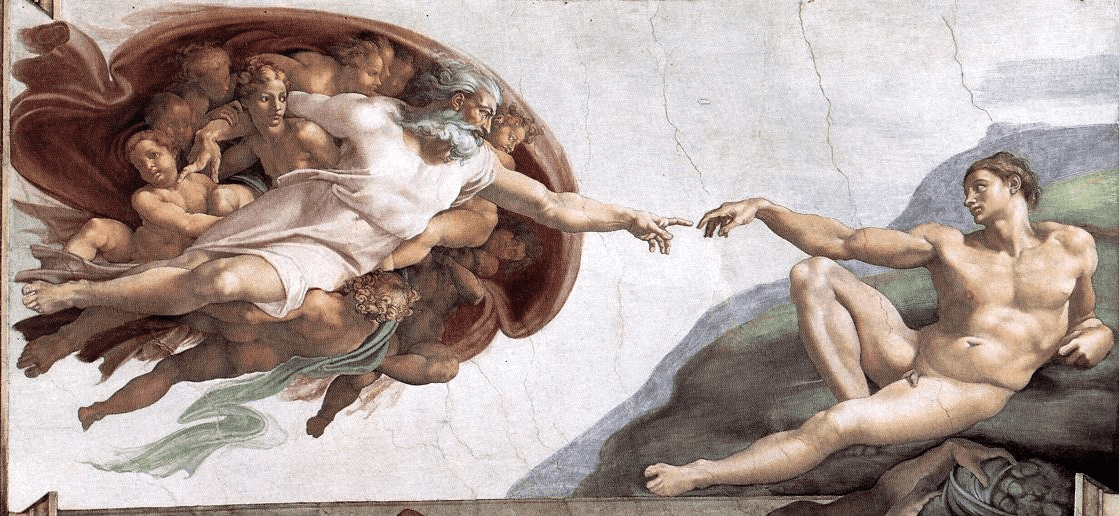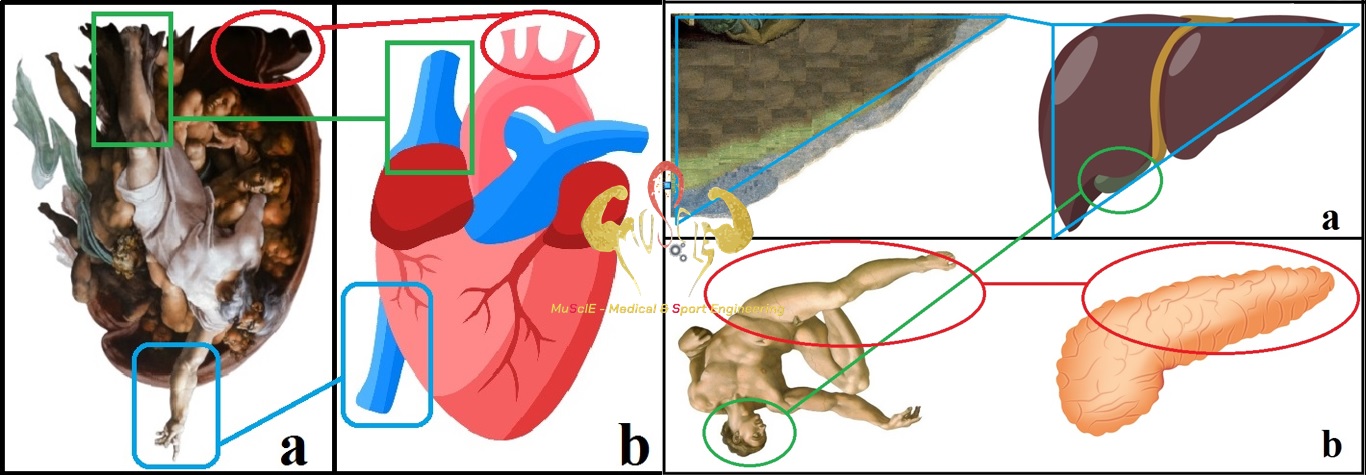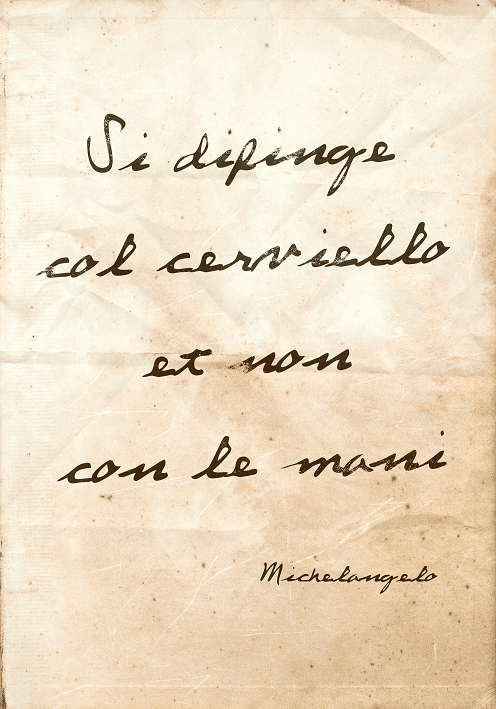Anatomy and Art: from Galen to Michelangelo
(08/09/2023)
The first journal article by MuSclE has been published.
The topic covered is cross-cutting, but it also fits within the scope of our expertise: biomechanics and anatomy.
Yes, because to be an expert in biomechanics one must have a clear idea of the anatomy of muscles and how they function to control posture and movements. Also, to talk about the anatomy of posture and muscles, one must know the structural anatomy of the human body, the anatomy of its organs; and why not? Also its History and how the knowledge of Human Anatomy has evolved from millennia to the present day, passing through the ages and influencing different areas of research and development, even seemingly unrelated to each other.
One example is the article fresh from publication in the prestigious journal 'Kaleidoscope - Journal on the History of Culture, Science and Medicine' (http://www.kaleidoscopehistory.hu/index.php?subpage=cikk&cikkid=760) entitled: "Mirroring Michelangelo, finding Galen: the ancient anatomical theory of the soul and its possible influence on The Creation of Adam" and which we are going to discuss today.
Finding historical connections, on Medicine and Anatomy in particular, but also biblical and artistic ones, the author (our CTO), proposes what might be the real meaning behind Michelangelo's famous fresco "The Creation of Adam".

The image above is mirrored, exactly as implied by the title of the article, for historical reasons detailed in the article itself.
The painting, dating from about 1512, could depict the gift of the soul but would do so following the theories of Galen (a physician born in 129 A.D. and considered one of the fathers of medical-scientific thought), whose studies influenced the medical world until the Renaissance period.
In the article, through careful analysis on the proportions of the figures depicted by the master Michelangelo, it is hypothesized that the part where the Creator is represented is likely to be similar to a human heart, while the part where Adam is represented may be similar to a human liver.
The particularity of this new theory lies in the fact that Galen believed that the soul was divided into three levels, and that this "tripartite soul" had a specific anatomical distribution in the human body. Thus, following Galen's reasoning, the soul was divided into "appetitive", "spiritual" and "rational".
The appetitive part, the primordial part of the soul, according to Galen originated precisely in the liver, and as reported by the article, Adam as the "first man" would bring us right back to the meaning of this "level" of the soul itself.
Next, the spiritual part of the soul, that is the part that would control man's passions and emotions, would (again according to Galen's theories) originate in the heart, where the Creator may have been represented with reference to the fact that "the Lord looks into the heart of man".

Finally, the rational part of the soul, residing in the brain according to Galenic theories: according to the author of the article, it may reside precisely in the spectator of the painting, who "using the brain and appreciating the magnificence and meaning of the work becomes the location of the rational soul".
In this way, Michelangelo may have represented the ancient anatomical theory of the soul in its three levels, a concept that had actually come to his time and was also supported by the religious institutions themselves, as reported in the article.

Over the years, The Creation of Adam has been studied by many experts from different fields, who have provided multiple interpretations. It is worth mentioning a famous interpretation provided in 1990 by an american neurologist who speculated that the portion depicting the Creator was actually a section of a human brain. Unfortunately, this message was later completely misrepresented going so far as to provide the thesis, according to some sources, that "the Lord would be the product of the human mind". One reason why this interpretation seems unlikely is that Michelangelo was a devout Catholic.
Undoubtedly our article gives a more spiritual (and in our opinion more correct) meaning to Michelangelo's work, following the thread of the history of anatomy.
We believe it is important to remember never to take anything for granted; not even when we look at one of the greatest masterpieces in Art History. This same masterpiece, as is the case in Scientific Research, may still have surprises in store for us, and in this case it may have had a cue from medical-anatomical theories born some thirteen centuries earlier.
In our work, we also try to never take anything for granted and to find new solutions and viewpoints to offer efficient and effective solutions that are affordable for everyone.
